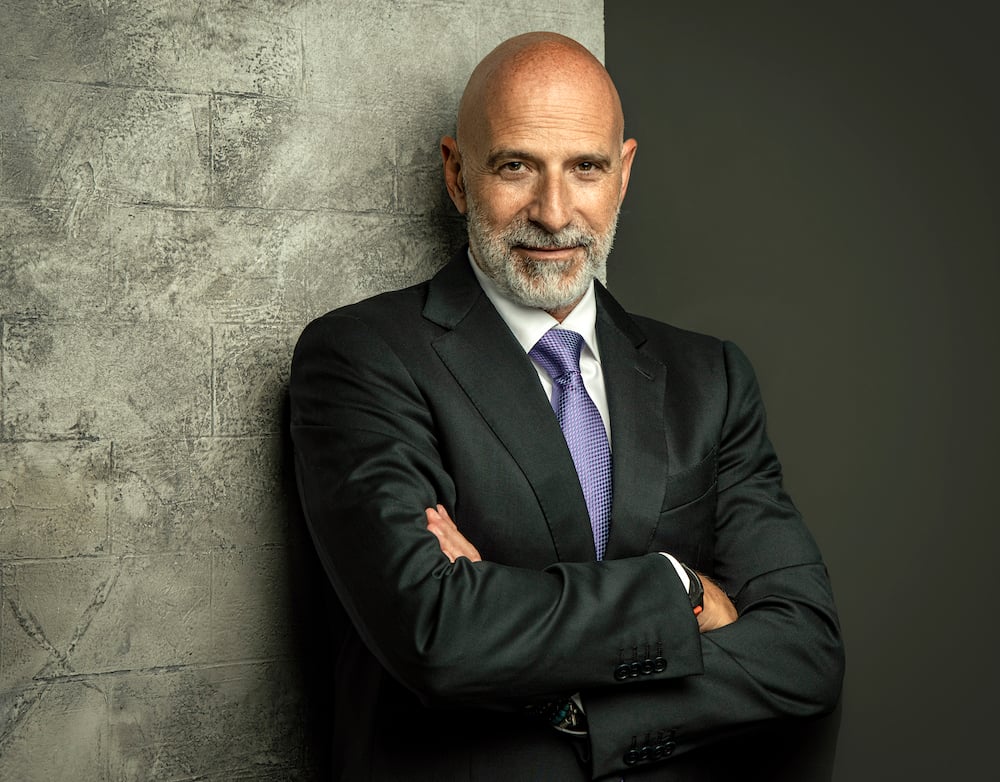
Out-of-home (OOH) advertising has become an integral thread in the fabric of our daily lives, quietly weaving its way into the spaces we occupy in an unnoticeable manner until its influence becomes undeniable.
In a world consumed by endless digital noise, OOH stands out as an un-skippable, unmissable, and inescapable medium.
Unlike digital ads, which can be ignored or closed with a simple swipe, OOH advertising takes on an inherent presence, integrating seamlessly within the very structure and landscape of modern cities. Whether you’re stuck in traffic or navigating a crowded urban street, OOH ads stand tall and unflinching in their visibility.
The power of OOH
The genius behind OOH lies in its subtlety and omnipresence. By becoming part of the scenery, these ads blend into the background yet stand out just enough to leave a lasting impression. There are no intrusive pop-ups, annoying autoplay videos, or forced-feeding of content. They’re there when you’re ready to notice them, and yet, by the time you do, they’ve already worked their way into your psyche. From billboards that stretch above highways to digital displays that flash in sync with the city’s rhythm, OOH ads have become definitive parts of our environment, effortlessly embedding themselves into our daily routines.
This continuous exposure ensures that advertising or brand messages aren’t just seen but are absorbed gradually. Relying on repetition as a key strength, they build familiarity and trust without the need for direct interaction. It’s not about bombarding people with messages but rather offering subtle reminders that become ingrained over time.
The rise of digital OOH has further enhanced these capabilities, allowing for more creative and dynamic ads that not only catch the eye but engage the mind. This marriage of traditional methodology with cutting-edge technology has cemented OOH’s place in the modern advertising world, especially at a time when online space is becoming more saturated than ever before.
OOH as a constant
As the race for consumer attention becomes increasingly competitive, OOH presents a refreshing alternative – one that doesn’t compete for space on a screen cluttered with distractions. Instead, it claims real-world territory, creating a moment of engagement that can’t be avoided or scrolled past.
This gives OOH an unparalleled advantage, offering brands a physical presence that stands in stark contrast to the ephemeral nature of digital ads. In an era when attention has become a commodity, it’s this tangibility and inescapability that make OOH so effective.
The permanence of OOH advertising, particularly with large-scale installations, enables brands to deliver powerful, bold messages that linger in the public consciousness. Unlike digital ads, which disappear as quickly as the next swipe, OOH serves as a constant reminder. Whether it’s for a day, a week or a month, OOH ads endure and speak to the audience without interruption.
With innovations such as digital billboards, brands can now combine the immediacy of digital advertising with the impact of a physical presence, bridging the gap between the online and offline worlds.
Technology isn’t the only evolution to the media landscape
This evolution, however, isn’t just about technology. As sustainability becomes an increasingly urgent priority for cities, the OOH industry is also adapting. Advertisers and media owners are under pressure to minimise their environmental footprint, and we’re seeing a shift towards greener, more responsible practices.
Whether it’s using energy-efficient digital displays or crafting billboards from recyclable materials, there’s a growing recognition that OOH must evolve in line with global sustainability goals. Some companies are already leading the charge, integrating renewable energy sources into their assets, but the industry at large will need to innovate further to meet these demands.
In addition to environmental considerations, creative strategies in OOH are also evolving.
A decade ago, advertisers would often repurpose digital content for OOH platforms, with little consideration for the unique demands of the medium. But, as brands have come to realise, OOH is a different beast altogether.
It operates in a space where time is a luxury – whether a commuter is rushing past at high speeds or glancing up during a brief stoplight, the message needs to be quick, clear, and compelling. Complexity doesn’t work here. It’s all about simplicity, focusing on the essentials to ensure the message cuts through the noise of daily life.
In fast-paced cities like Dubai, where traffic can zip past at 120 km/h, there is no time for intricate storytelling.
Ads that are cluttered with too many elements simply don’t resonate. Brands have learned, often the hard way, that less is more. Today’s successful OOH campaigns typically feature a handful of core elements – nothing more than what’s needed to capture the audience’s attention and drive the message home.
But even as OOH continues to evolve and adapt, challenges to the media landscape remain. Not every brand has grasped the nuances of the medium, and some still fall into the trap of trying to say too much in too little time. The tension between creativity and clarity remains a constant and key balancing act for advertisers.
As we move towards the end of 2024 and beyond, the industry will need to navigate this tension carefully to maintain the effectiveness and relevance of OOH in an increasingly fragmented media landscape.
By Fawzi Tueni, COO, Arabian Outdoor









